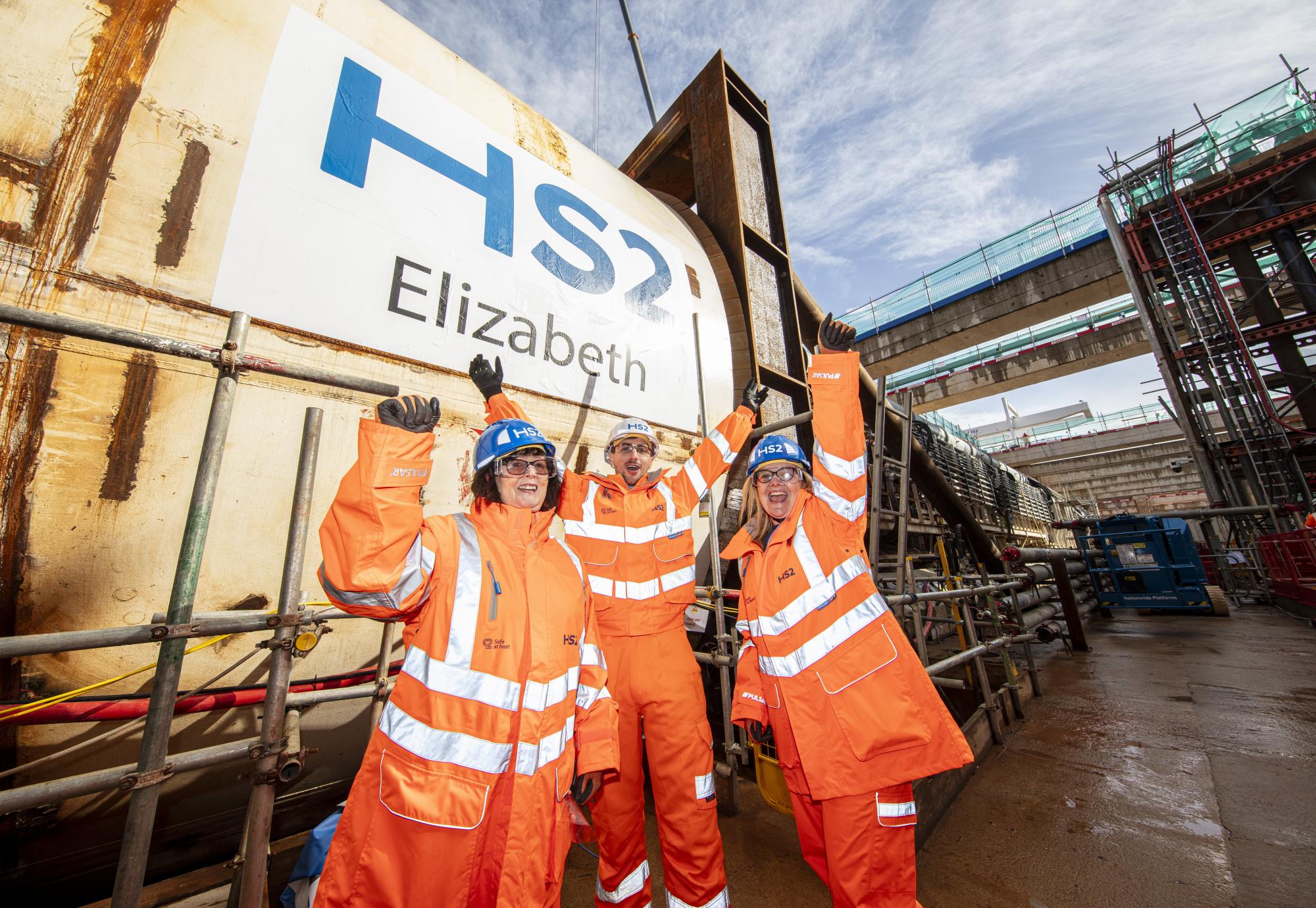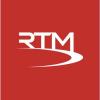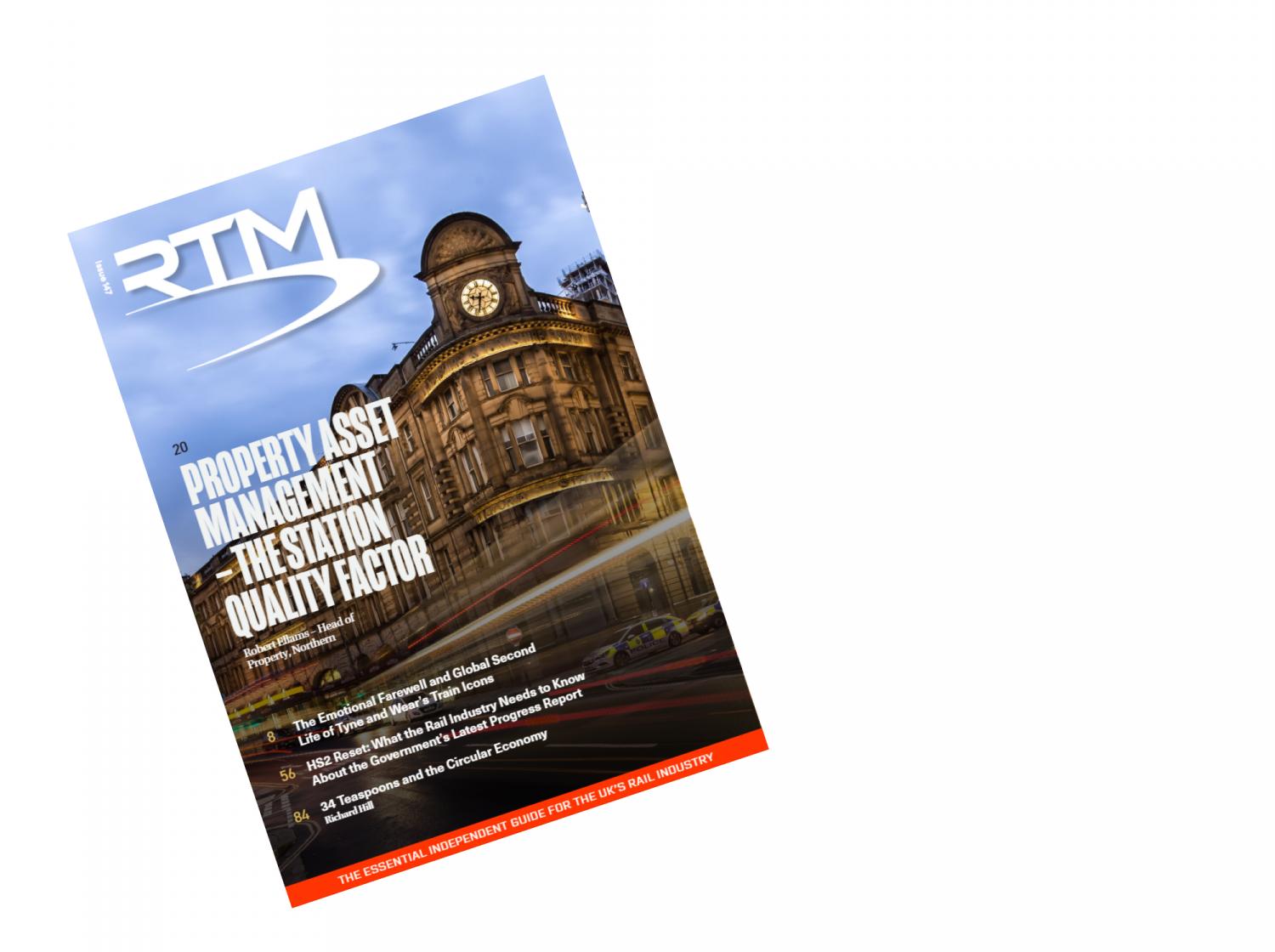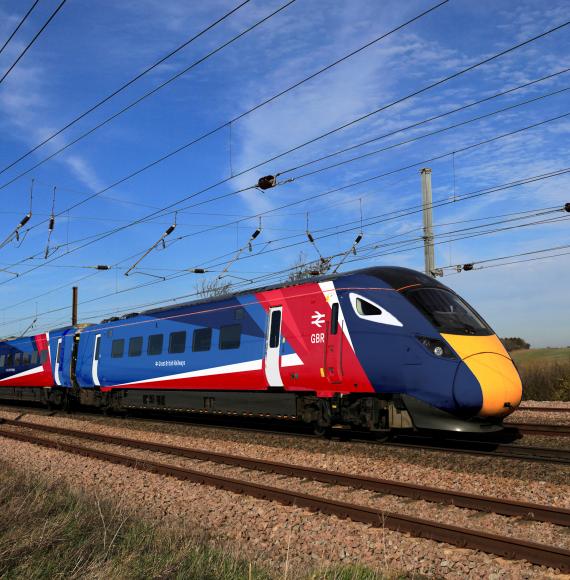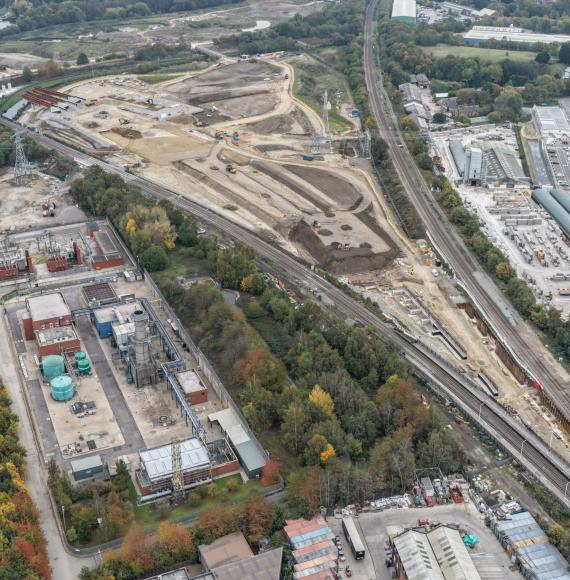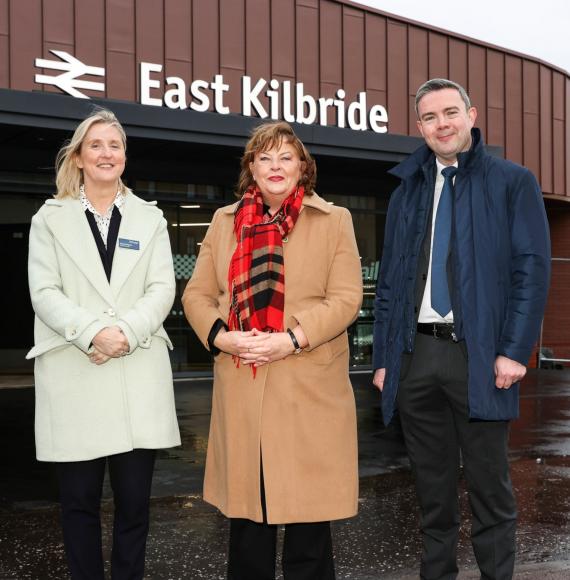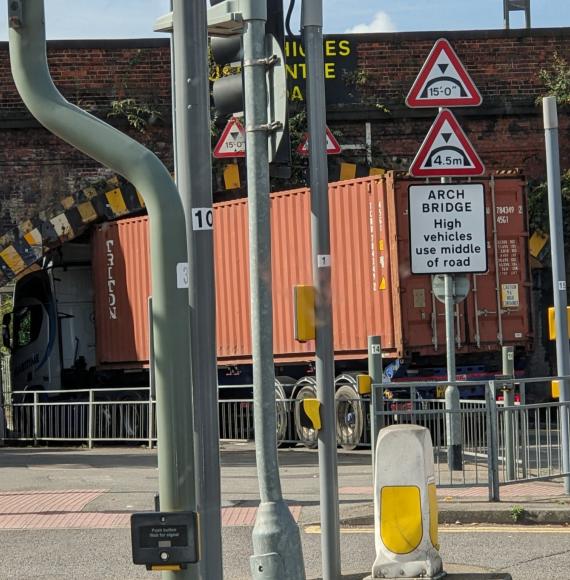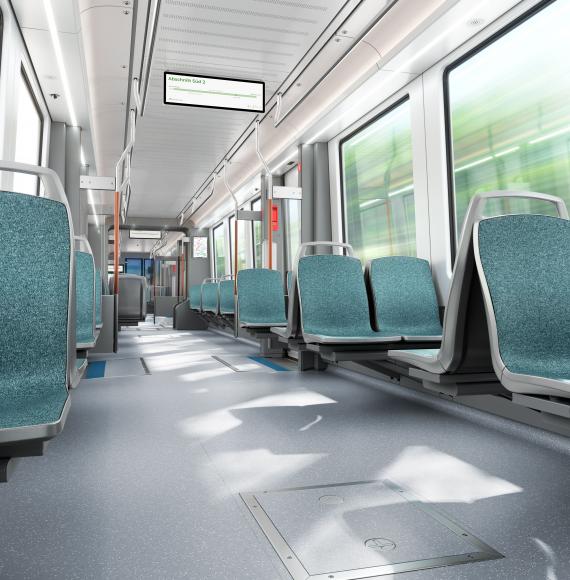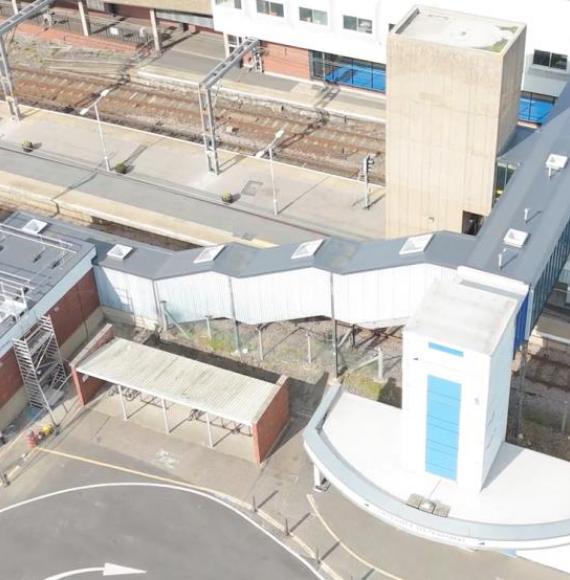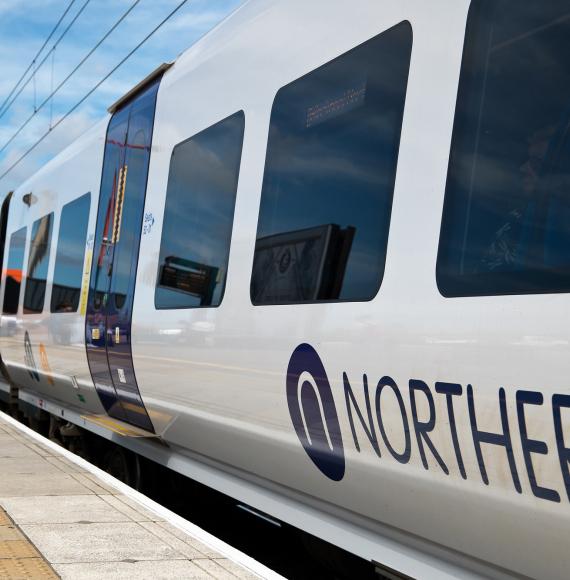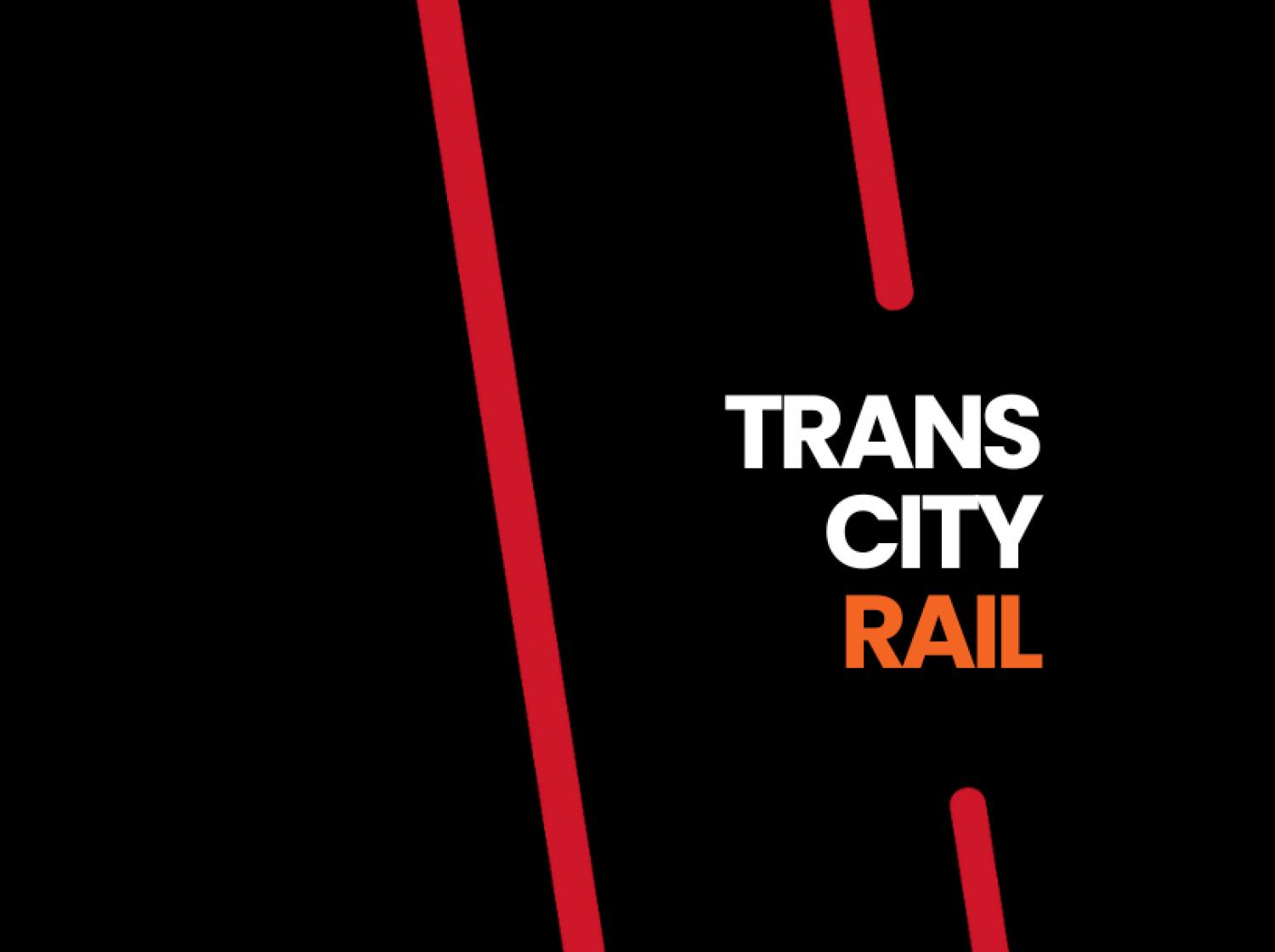HS2's latest tunnel boring machine (TBM), named "Elizabeth" after Birmingham philanthropist Dame Elizabeth Cadbury, has begun excavating the second bore of the Bromford Tunnel. This 3.5-mile tunnel will be a key part of the high-speed rail network connecting Birmingham to several other major UK cities.
"Elizabeth" follows its companion TBM, "Mary Ann," which started digging the first tunnel bore in June 2023. Both machines will operate for 16 months, working 24/7 to complete their respective sections.
The project involves around 450 people and offers local employment opportunities, including nine apprenticeships in tunnelling. Additionally, the excavated material, totalling 1.87 million tonnes, will be reused for nearby HS2 construction sites, minimising environmental impact. These include sites at Delta Junction, where a complex network of 13 viaducts is being built. HS2 has built dedicated roads between these construction sites, including an access off the M6/M42 link roads, in order to take lorries off public roads.
Working as an ‘underground factory’, both TBMs will put a total of 41,594 concrete segments in place, creating 5,942 rings to make the twin bore tunnel, with each ring weighing 49 tonnes. The concrete segments for the tunnel are pre-cast near Bristol, ensuring efficient and consistent construction.
Catherine Loveridge, HS2’s Senior Project Manager said:
“It’s fantastic to see this last West Midlands TBM get underway, marking another key moment for HS2 in the region. We’re now at peak construction on the project, delivering these massive feats of engineering using many local companies and local skills.
“Over a third of our total HS2 workforce are based at worksites across the West Midlands, and thousands more jobs are still to be created locally as work to build Curzon Street Station, Interchange Station and the Washwood Heath Depot gathers momentum.”
This project not only contributes to the development of the UK's high-speed rail network but also fosters job creation and utilises sustainable practices in the West Midlands region.
Image credit: HS2

